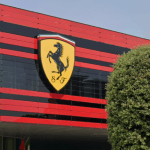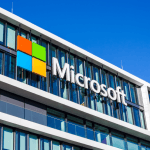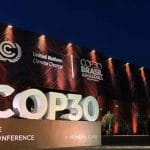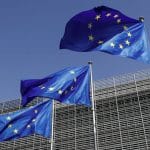Microsoft Partners with Stegra to Accelerate Market for Near-Zero Emission Steel
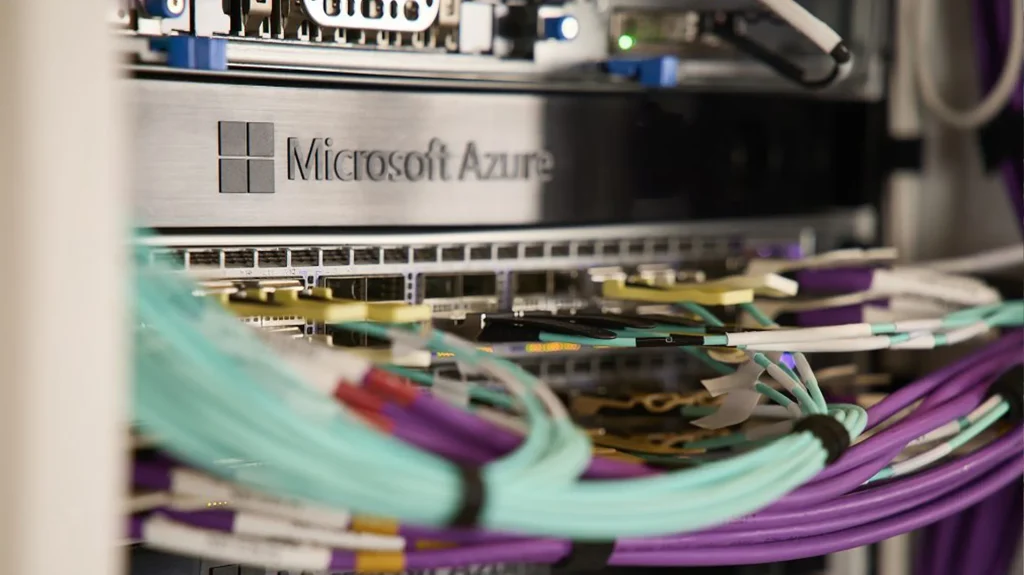
- Microsoft secures supply of steel with up to 95% lower emissions for its expanding datacenter operations.
- First-of-its-kind agreement introduces environmental attribute certificates (EACs) to the steel industry.
- Partnership reflects both the urgency of decarbonizing hard-to-abate sectors and the financial mechanisms required to scale.
Stockholm — A New Model for Green Steel Demand
Microsoft has signed two agreements with Swedish green steelmaker Stegra, marking one of the most significant corporate commitments yet to near-zero emission steel. The deal covers both the supply of physical steel for the tech giant’s growing datacenter network and a parallel purchase of environmental attribute certificates (EACs), a mechanism designed to stimulate market demand for low-carbon materials.
The contracts link directly to Stegra’s flagship facility in Boden, northern Sweden, which is expected to deliver steel with up to 95% lower emissions than conventional production. For Microsoft, the agreements extend its strategy of using both physical procurement and financial tools to accelerate decarbonization across its supply chain.
Tackling Scope 3 at Scale
The company has already invested in Stegra through its Climate Innovation Fund, but this step takes the relationship beyond financing. Microsoft’s biggest climate challenge lies in “scope 3” emissions — those embedded in construction materials, hardware, and logistics. The rapid buildout of datacenters, the backbone of its cloud business, intensifies those indirect emissions.
“Integrating near-zero emission steel into our datacenter construction is a critical advancement in reducing embodied carbon at scale,” said Jennifer Weitzel, Corporate Vice President of Engineering, Construction and Procurement at Microsoft. “This collaboration with Stegra enables us to decarbonize our infrastructure while maintaining the performance and reliability standards required for hyperscale environments.”
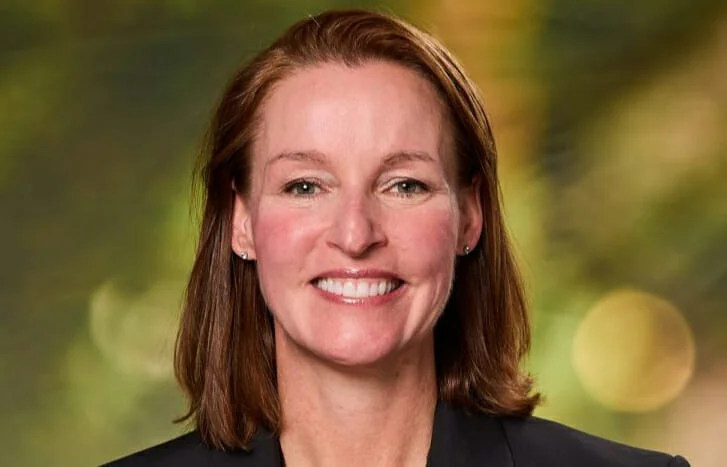
Microsoft does not directly buy raw steel but relies on its equipment suppliers to process coils from Stegra into datacenter components. By embedding green materials at the supplier level, the company aims to set a precedent for construction industries grappling with similar supply-chain complexities.
The Role of Certificates in Steel
Alongside physical supply, Microsoft and Stegra introduced environmental attribute certificates to the steel sector — a model previously applied to sustainable aviation fuel and low-carbon cement.
The approach decouples the “green value” from the physical steel product. Buyers of conventional steel from Stegra’s plant agree not to make environmental claims, while the corresponding avoided emissions are sold separately as certificates. Microsoft can then claim use of near-zero emission steel in line with its sustainability accounting.
“The end game is to source physical materials with the lowest possible CO₂ footprint,” said Melanie Nakagawa, Microsoft’s Chief Sustainability Officer. “But when physical delivery isn’t yet feasible, agreements for environmental attribute certificates demonstrate that emissions reductions are possible through credible market mechanisms. Tools like this enable project financing and accelerate global production.”

For Stegra, the model opens a new revenue stream, helping cover the premium costs of green steel production while broadening participation from buyers beyond those able to take direct delivery.
RELATED ARTICLE: Microsoft Invests in Fortera to Scale Low-Carbon Cement Production
Industry and Investor Implications
The partnership arrives as policymakers in Europe and beyond push for faster decarbonization of steel, one of the most carbon-intensive industries. Steelmaking accounts for roughly 7% of global CO₂ emissions, making it a central target for climate strategies and investor scrutiny.
Henrik Henriksson, CEO of Stegra, framed the deal as both practical and symbolic: “Sustainable change calls for unconventional partnerships. We are now teaming up with a market leader in Microsoft to demonstrate how we can accelerate change in the steel industry.”
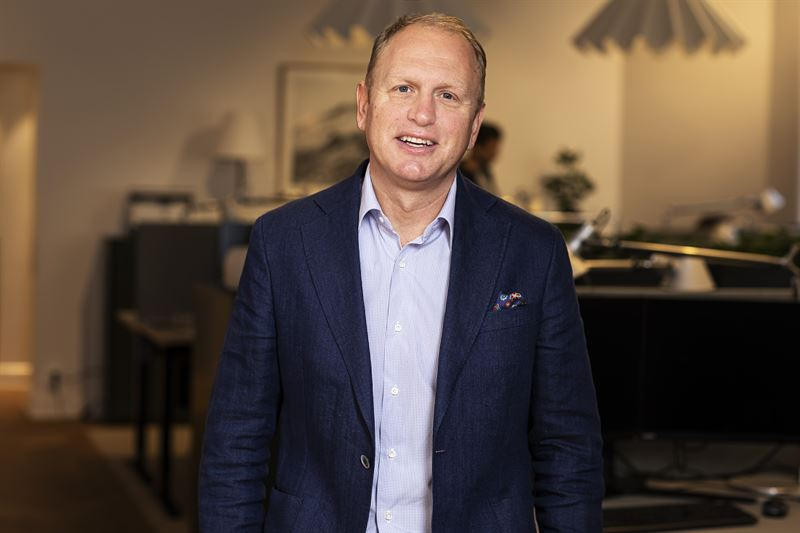
The EAC mechanism may prove especially relevant for investors and corporates unable to secure physical supply of green steel in the near term. By creating financial signals for demand, the certificates could help unlock funding for additional projects in Europe, Asia, and North America.
Global Significance
For C-suite executives and investors, the Stegra-Microsoft agreement illustrates two converging trends: the rise of corporate procurement as a lever for industrial decarbonization and the role of financial innovation in scaling hard-to-abate solutions.
As regulators tighten carbon disclosure requirements and investors sharpen focus on embodied emissions, models that blend physical procurement with certificate-based market instruments are likely to spread. The steel industry’s adoption of such tools places it alongside aviation and cement as a testbed for new forms of climate finance.
Whether the approach succeeds in driving production at scale will depend on replication across industries and regions. But with Microsoft’s size and visibility, the deal sets a benchmark for how digital infrastructure growth can align with climate imperatives — and how unconventional partnerships may redefine markets for low-carbon materials.
Follow ESG News on LinkedIn

